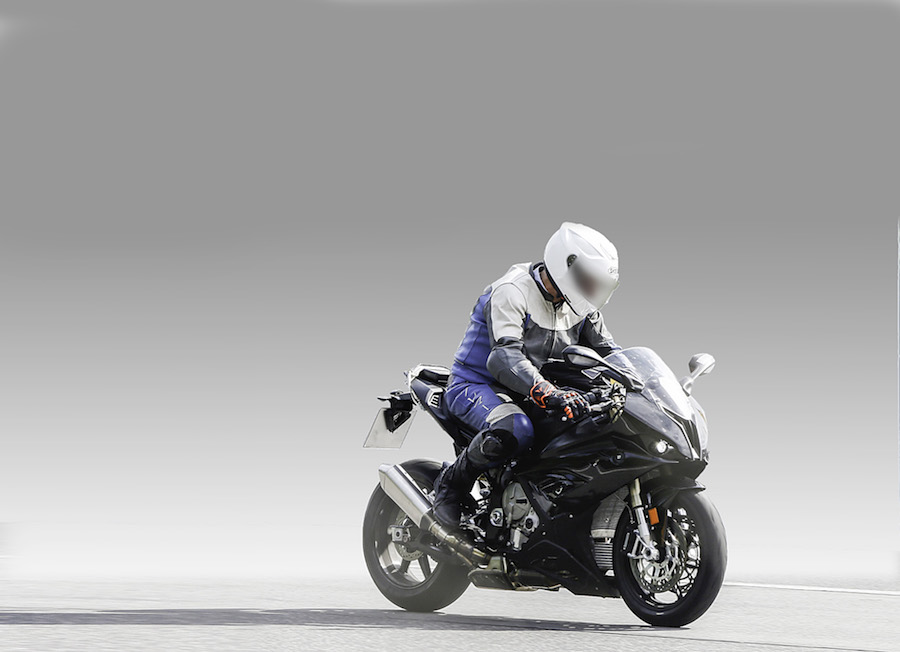Almost a decade after the first S1000RR, BMW overhauls its flagship superbike
CAN YOU BELIEVE that it’s been nearly 10 years since BMW first revealed the S1000RR? In doing so the German firm leapt to the top of the superbike class, where it has remained ever since.
But while BMW has given its superbike several revamps to stay competitive – including a completely new chassis – the basic bones of the bike are still recognisable from the model we saw a decade ago.
Now an all-new successor is on the way. And no, that’s not an extremely large test rider – this thing is tiny! In fact, it’s probably smaller than most 600s.
Could BMW be working on a smaller-capacity machine, and is this really an S600RR or S800RR? Unlikely. The firm investigated the idea of a smaller sportsbike during the S1000RR’s initial development and, while it got as far as trademarking the S600RR name, it never went further.
This is a new engine. Every visible casting is different to those on any previous S1000RR. The overall layout remains similar, but there are some key changes – the water pump has been repositioned and the cases, cylinders and head are all new designs. Of course it’s still a four-cylinder, in-line design with double
overhead cams, and since the current model already makes 146kW it’s a good bet the new one will beat 150kW.
Electronics will surely be a strong suit, and there’s already evidence that the prototype has a quickshifter.
The chassis is also new. While the frame still appears to be aluminium – BMW clearly isn’t quite ready to expand its mass-made carbon-fibre technology, demonstrated on the HP4 Race, to the base-model S1000RR just yet – it’s a different shape compared to the exiting model.
The subframe is new, with a tubular trellis design, and the swingarm is also new, with bracing underneath the main arm rather than above it. That reflects the latest trends in MotoGP racing, but it’s a solution that roadbikes usually shy away from as it makes it harder to package the exhaust; BMW has had to shape the collector box under the swingarm pivot area to fit.
The prototype’s suspension shares components with the current bike, while the front brakes here are race-style units, lacking the ABS sensors of a production model.
In terms of styling, the big news is that BMW has shifted away from the signature asymmetrical look of the S1000RR. On this prototype, both sides of the bike mirror each other, and the headlights are symmetrical. We’re not convinced the lights are the final versions, though – it’s likely the round units will be swapped for faired-in ones for production. The cut-outs are shaped to mimic the lights
on BMW’s latest cars, and will probably be edged with LED running lights, and the indicators have moved into the mirrors.
The rear is more like that of the existing S1000RR, with a similarly shaped tail-light. Intakes have been added at the sides of the tail, suggesting there could be electronics under the pillion seat that require cooling.
The machine’s launch isn’t likely to be any later than the end of this year, with production starting in early 2018. And when production does start, it seems near-certain the normal S1000RR will be joined by a higher- spec HP4 version using a carbon-fibre frame like on the current HP4 Race.
However, unlike that track- only, limited-volume bike, the next one will surely be road legal and mass-produced.
By BEN PURVIS
